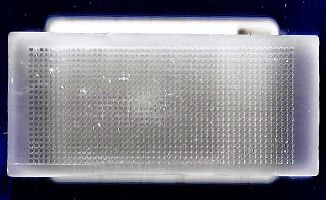c-kit Mutational Analysis in Paraffin Material
互联网
356
The current WHO classification of mastocytosis defines one major and four minor diagnostic criteria for systemic mastocytosis (SM). One of the minor criteria is the detection of the “gain-of-function” mutation D816V of the c -kit proto-oncogene in extracutaneous organs. The receptor molecule KIT is a potential therapeutic target for tyrosine kinase inhibitors. KIT mutations have been described in more than 80% of SM, but only in the minority of cutaneous mastocytoses (CM). Usually exon 17 amplicons generated by polymerase chain reaction are analyzed for the detection of c -kit mutations. Most frequently the method of restriction fragment length polymorphism (RFLP) analysis using the endonuclease Hinf I is used. Another well-established technique utilizes melting point analysis of amplification products with specific hybridization probes. Recently, also allele-specific PCR assays have been described. The technique used for the detection of c -kit mutations in mastocytosis is dependent on the kind of material to be analyzed and the laboratory equipment available. In this chapter the techniques of PNA-mediated PCR-clamping in combination with melting point analysis for the genotyping of amplification products are described for mutational analysis in total DNA and microdissected cells from formalin-fixed paraffin-embedded bone marrow trephine biopsies.






![Hep Par 1 Antibody / Hepatocyte Paraffin 1 [clone OCH1E5] (V2341)](https://img1.dxycdn.com/p/s14/2025/0214/113/8001790498709820981.jpg!wh200)


